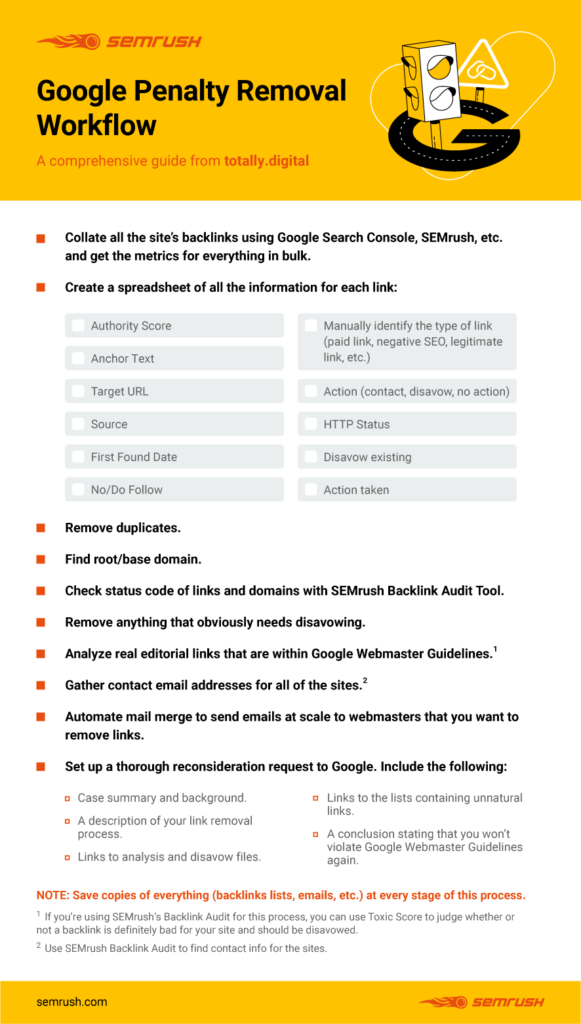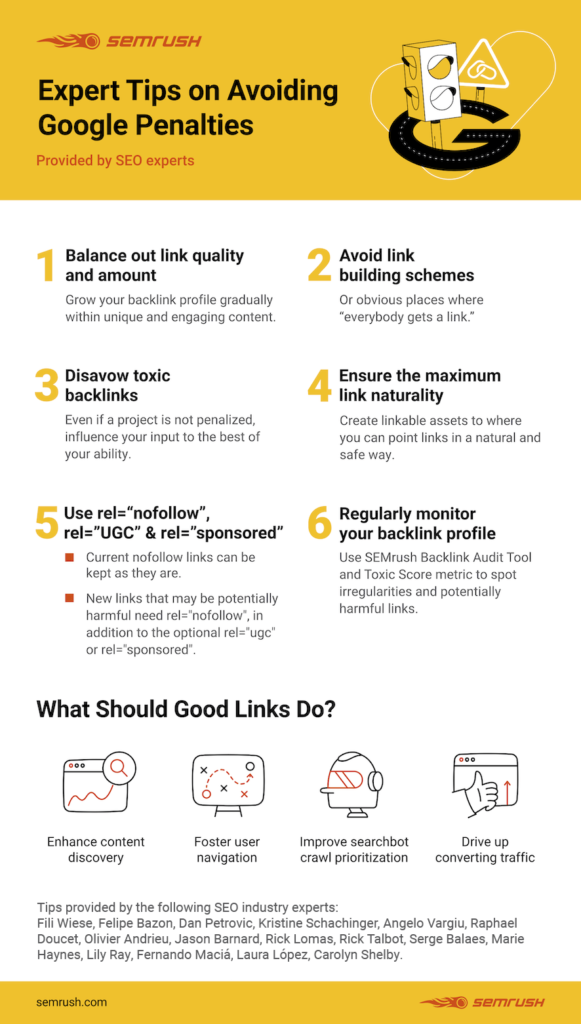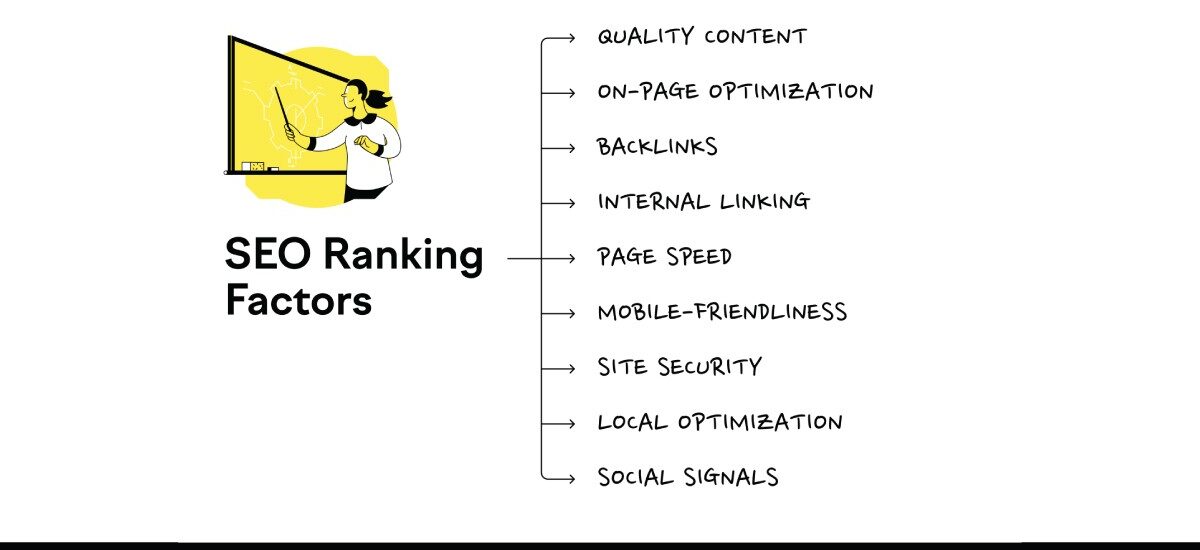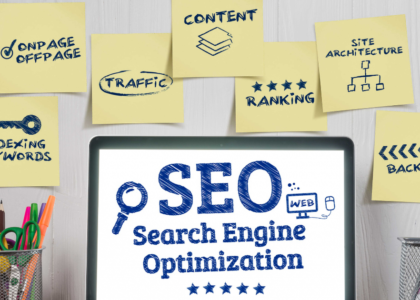Key Ranking Factors in Google's Algorithm
To understand how Google’s Algorithm works you must first understand how Google itself works.
As previously mentioned, several large search engines are available to users on the web. Google, Edge, Duck Duck Go, Safari, among others. To make things simple, we’ll be discussing the most well-known search engine on the market: Google.
What Is the Google Search Algorithm?
The Google search algorithm refers to the internal process that Google uses to rank content. It takes a number of factors into account when determining these rankings, such as the relevance and quality of the content against a particular search query.
Before we go deeper into what exactly these factors are, though, it’s a good idea to first understand the broader context of the Google ranking process.
This process is split into the following three stages:
- Crawling: The first stage involves Google’s bots (the infamous “spiders”) crawling the web and looking for new or updated web pages. In general, the more links a page has to it, the easier it is for Google to locate it. Pages need to be crawled and indexed in order to rank.
- Indexing: Google’s next step is to analyze these URLs and try to figure out what each page is about. It does this by looking closely at the content, images, and other media files on the page, and then stores this information in a huge database known as the Google index. It’s vital during these first two stages that your technical SEO is in good order, and that your sitemap, headers, and tags have been configured properly.
- Serving: The final step is to determine which of these pages are the most relevant and helpful for a particular search query. This is known as the ranking stage, and this is where the Google search algorithm comes in.
Key Ranking Factors
- Intent: Does your content/webpage satisfy the intent of whatever query the searcher made that brought them to your site? Things like language, freshness, and synonyms make a difference here.
- Relevance: Once Google’s algorithm has deemed that your content meets the search intent of whatever query was posed, it will scan its Google Index to see where your content falls in terms of relevancy. On-page SEO is crucial here. You will likely rank higher in the SERPs if you provide searchers with the clearest and most relevant content.
- Quality: Yes, it might seem like content with good search intent and relevance is already high-quality. But, the reality is that quality is a factor in the Google Algorithm. Many refer to this assessment as E-A-T — expertise, authoritativeness, and trustworthiness.
Google Penalties
Google penalties are negative consequences or effects that impact the ranking of a website. These penalties are manual actions taken by Google to address inappropriate SEO tactics. Here is a helpful guide to avoiding the mistakes that lead to these penalties.
It can be tricky to learn the ins and outs of the SERPs — take a look at the following thread on SEO myths so you can learn to spot bad SEO advice from a mile away.
Good Link Building and How to Avoid a Google Penalty
Here’s a summary of the main points our experts seemed to agree on.
Balance link quality and amount
As Angelo Vargiu suggests, the links must be generated within unique and engaging content, with the least emphasis on “ambitions and commercial intent.” Hundreds and thousands of low-quality backlinks may consume quite a lot of time to clean up.
Avoid link building schemes
As Angelo Vargiu and Felipe Bazon state, the #1 golden rule is not to fall for projects born and designed with the sole purpose of providing outgoing links. Elaborating on that, Rick Lomas suggests avoiding all the obvious places where “everybody gets a link.”
Disavow toxic backlinks, even if a project is not penalized
Preemptively disavowing bad backlinks is common sense, says Fili. Ultimately it depends on the individual site operations and how risk-averse they are.
Ensure the maximum link naturality
Rick Lomas also suggests keeping your links looking as natural as possible. The purpose of a link is to enhance the reader’s experience, so avoid the links that look like this:
“We had the best day out ever, the sky was blue, the ocean was clear and I was using the best fishing rod 2020 for deep sea fishing.”
Felipe Bazon also recommends creating linkable assets to where you can point links in a natural and safe way. Kristine Schachinger suggests going easy with growing your backlink profile and make look as natural as possible:
“The only thing I always tell the client is to make it as natural as possible. Make sure that it looks like it should have happened that way. You want to show up suddenly with 5000 new links tomorrow and the last five months, you’ve only had one hundred.”
Use rel=“nofollow”, rel=”UGC” and rel=”sponsored”
Fili also advises not to worry about your current attributes, since current nofollow links can be kept as they are. New links to and from a website that are not trusted, vouched for, or are commercial in nature and pose a potential risk need to continue to use the rel=”nofollow” link attribute, in addition to the optional rel=”ugc” or rel=”sponsorship” link attributes.
Regularly monitor your backlink profile
Angelo Vargiu sees backlink monitoring as a “mandatory task,” with setting “alarm bells for imbalances and anomalies” as a must. For this, use the SEMrush Backlink Audit Tool and Toxic Score metric. Also, Fili suggests including as much recent and old link data as possible, when doing an in-depth audit of your off-page risks.
In addition to the tips above, Fili advises that all good links should:
Enhance content discovery.
Improve searchbot crawl prioritization.
Foster user navigation.
Drive up converting traffic.


Finally, we recommend to always follow Google’s Guidelines. Carolyn Shelby explains why this is important:
“Keep up with the changes to the guidelines, and ensure that your site is in compliance with current guidelines. For example, questionable link acquisition hasn’t ALWAYS been forbidden, so if you spent the late ‘90s comment spamming as your life depended on it, you probably have a lot of overly optimized really awful backlinks to offset or clean-up. Was it wrong when you acquired the link? No. Is it bad now and will it get you penalized now? Yes. So you fix it.”
As you can see, building a good and reputable backlink profile requires more than just strategy, it demands effort and patience.





